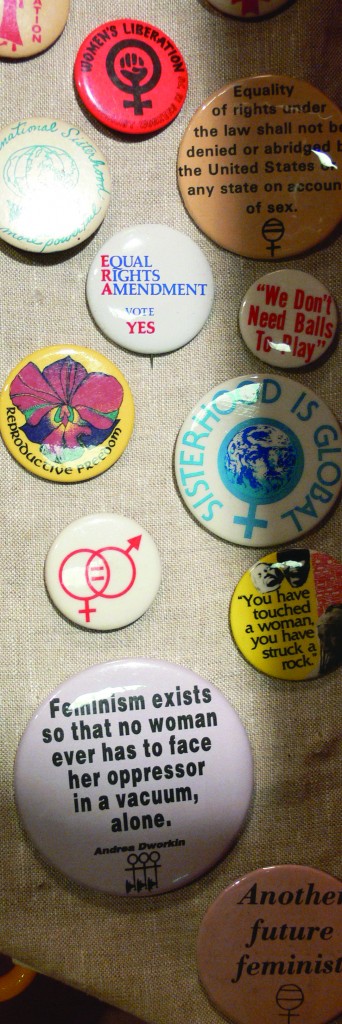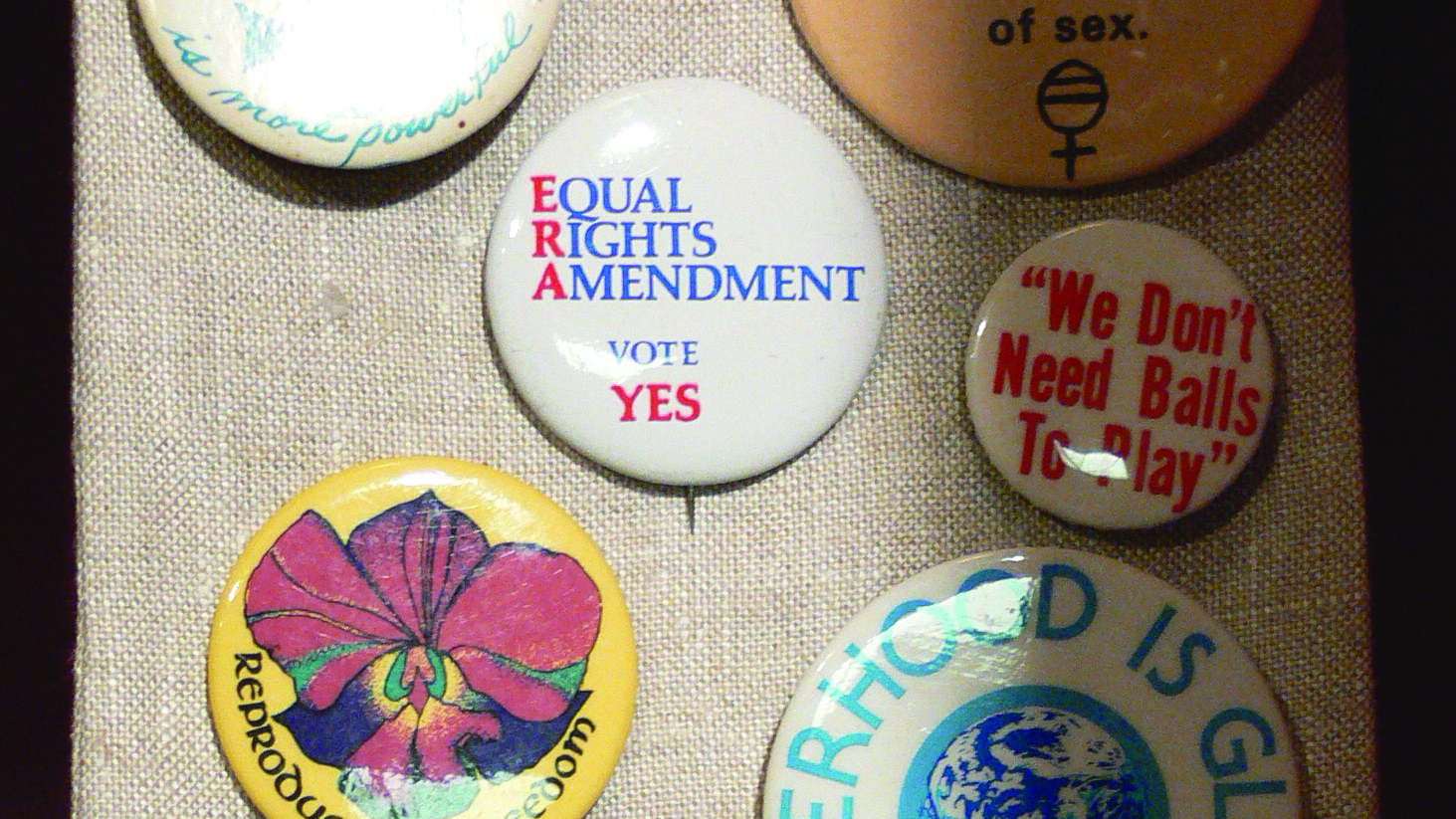
“Women who don’t take it up the arse” is the number one definition of “feminists” on UrbanDictionary.com.
Last issue we looked at the monumental steps feminists have made toward gender equality, despite trivial stereotypes. But regardless of constitutional equality, sexism is still embedded in every aspect of our lives.
Laurier Brantford’s Sasha Cocarla, who we met last week, says that the reason some people think we already have gender equality is because we are no longer working towards a specific goal or law like getting the right to vote. Yet statistics suggest otherwise.
The documentary Miss Representation, a film exploring how women are inaccurately depicted in media, says that 78 per cent of 17-year-old girls are unhappy with their bodies. Plus, Miss Representation says 65 per cent of women and girls have eating disorders. According to Statistics Canada’s labour force survey of 2012, women in Ontario make $3.33/hour less than men.
Professor Bruce Gillespie is a member of The F-Word Committee, a Laurier Brantford group that discusses gender and social inequity.
The F-Word has discussed myths about feminism in depth. Gillespie mentions a few “gobsmacking” stereotypes such as feminists as angry lesbians, women who have no sense of humour or women who hate men.
Cocarla believes that because of the problematic, one-dimensional way the media paints feminism,
“It’s no surprise that many young individuals may feel less inclined to call themselves feminists.”
Another common myth is that feminists must be women.
“Sexism is not a problem women can or should fix on their own—it’s a human problem,” says Gillespie.
Last year, The F-Word launched a “Find Your Feminism” poster project to show that feminists are all genders, races, sexual orientations and perspectives.
Around campus, there are posters plastered around depicting people saying, “My feminism is…”
One poster shows Becca Carroll, Dean of Students at Laurier Brantford, saying “My feminism is going from the rugby pitch to the dance studio … unpacking the subtleties of silence … being a pallbearer at my aunt’s funeral.”
To Gillespie, these posters depict diverse people saying, “Here’s what feminism means to me and I don’t think it’s a dirty word.”
For Cocarla, feminism means working towards gender equity, recognizing her privilege and “recognizing how our culture is structured to benefit a very small amount of people,” namely white, heterosexual, able-bodied men.
Gillespie’s preferred definition of feminism is the one a radical feminist, bell hooks, offers in her book Feminism Theory: From Margin to Center: “Feminism is a movement to end sexism, sexist exploitation, and oppression.”
In that case, Gillespie says, “I was a feminist even before I knew what [feminism] was.”
Not only are women misrepresented onscreen, women are rarely used as sources in journalism, even if the content is regarding women’s issues.
The Women’s Media Center’s report, The Status of Women in the US Media 2013, states that in the recent presidential election, 72.5 per cent of sources in articles discussing abortion were male.
“The default position for a lot of journalists is if [the story] is about childcare, family issues, lifestyle or gender, then we talk to women. If it’s about anything else, we naturally talk to men. But there isn’t anything natural about it at all,” Gillespie says.
As a practicing journalist for years, Gillespie believes journalists need to make a conscious decision to find representative sources.
Religion is often another aspect of life where women are not represented whether it is an aspiring female priest or a woman using birth control. Recently, during the selection of a new Pope in the Vatican, Catholic women protested their lack of representation by releasing pink smoke over the square where the masses awaited the traditional white or black smoke signal.
Roman Catholic Womenpriests, Women’s Ordination Conference, and Association of Roman Catholic Women Priests are just a few of the organizations that have spent decades lobbying for female ordination.
The world of medicine also has gender inequalities. According to The Society for Women’s Health Research’s report, Dialogues on Diversifying Clinical Trials, women are 70 per cent more likely than men to have a negative reaction to medication because more testing is done on males due to simpler biology. The more complicated the biology, the more time and money is required to conduct the trials. The report states, “Diversity is not a natural priority for industry, where decisions often are made by market attractiveness and potential for profit.”
As a feminist who has been fighting for gender equality for years, Gillespie is surprised society has not made more progress than we have.
Gillespie believes the future of gender equality lies in talking about gender issues and conversations about what feminism truly is.




